NRSG258 Acute Care: Australian Triage Scale Application & Analysis
VerifiedAdded on 2023/06/14
|6
|514
|379
Case Study
AI Summary
This case study focuses on the application of the Australian Triage Scale (ATS) in assessing a patient named Matt who has sustained injuries from a quad bike accident. The ATS is a clinical tool used to prioritize patients in emergency departments based on the severity of their condition and the urgency of required treatment. The study explains the five categories of the ATS, ranging from immediate life-threatening conditions (ATS 1) to less urgent cases (ATS 5), and their corresponding performance indicator thresholds. Based on Matt's severe leg and head injuries, including a fractured tibia and fibula, and a neurological assessment score of 15, the case study concludes that Matt falls under the ATS 1 category, requiring immediate medical attention. The document references relevant academic sources to support the analysis and application of the ATS in this specific scenario. Desklib is a platform where students can find similar solved assignments and study resources.
1 out of 6
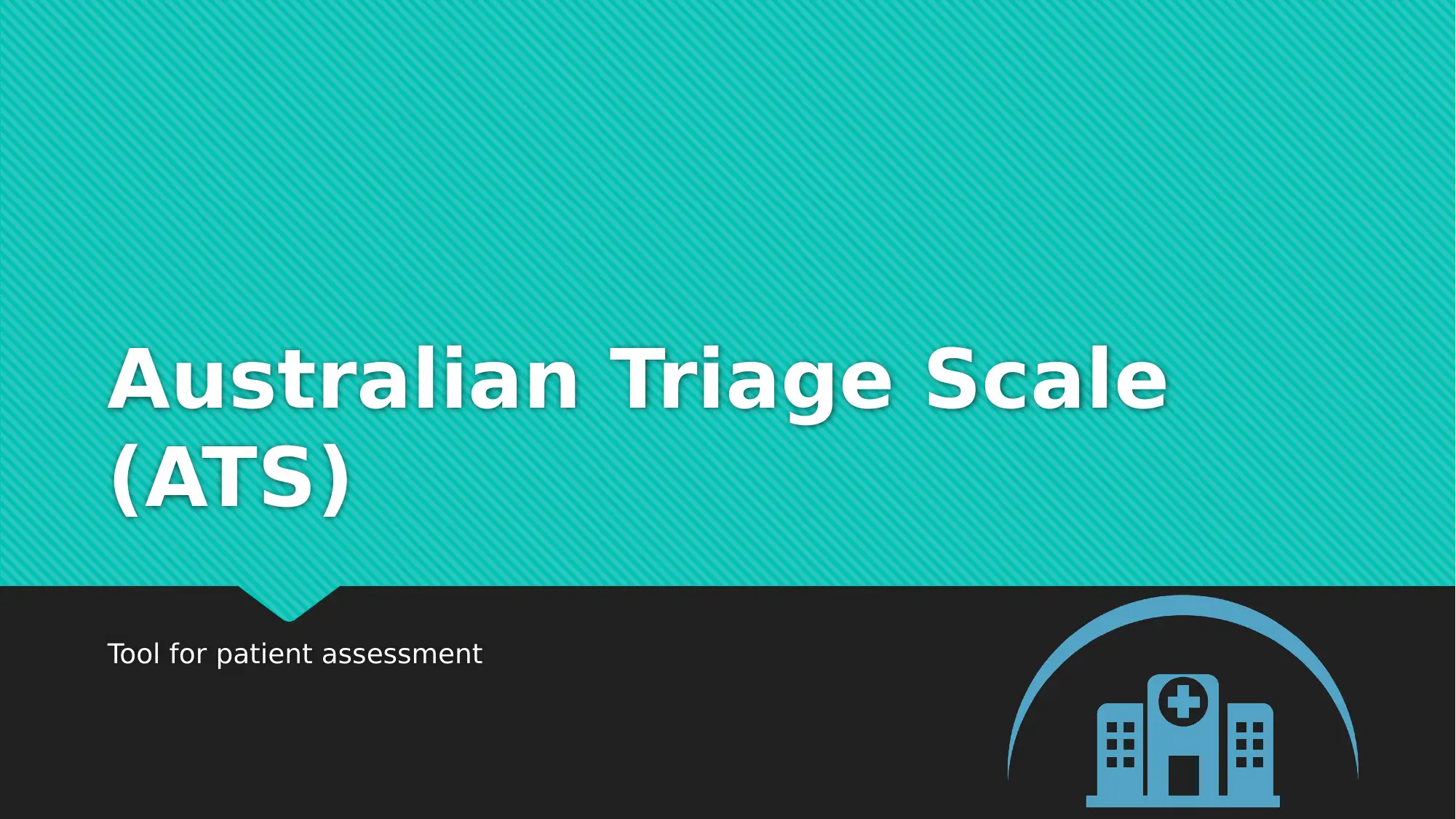
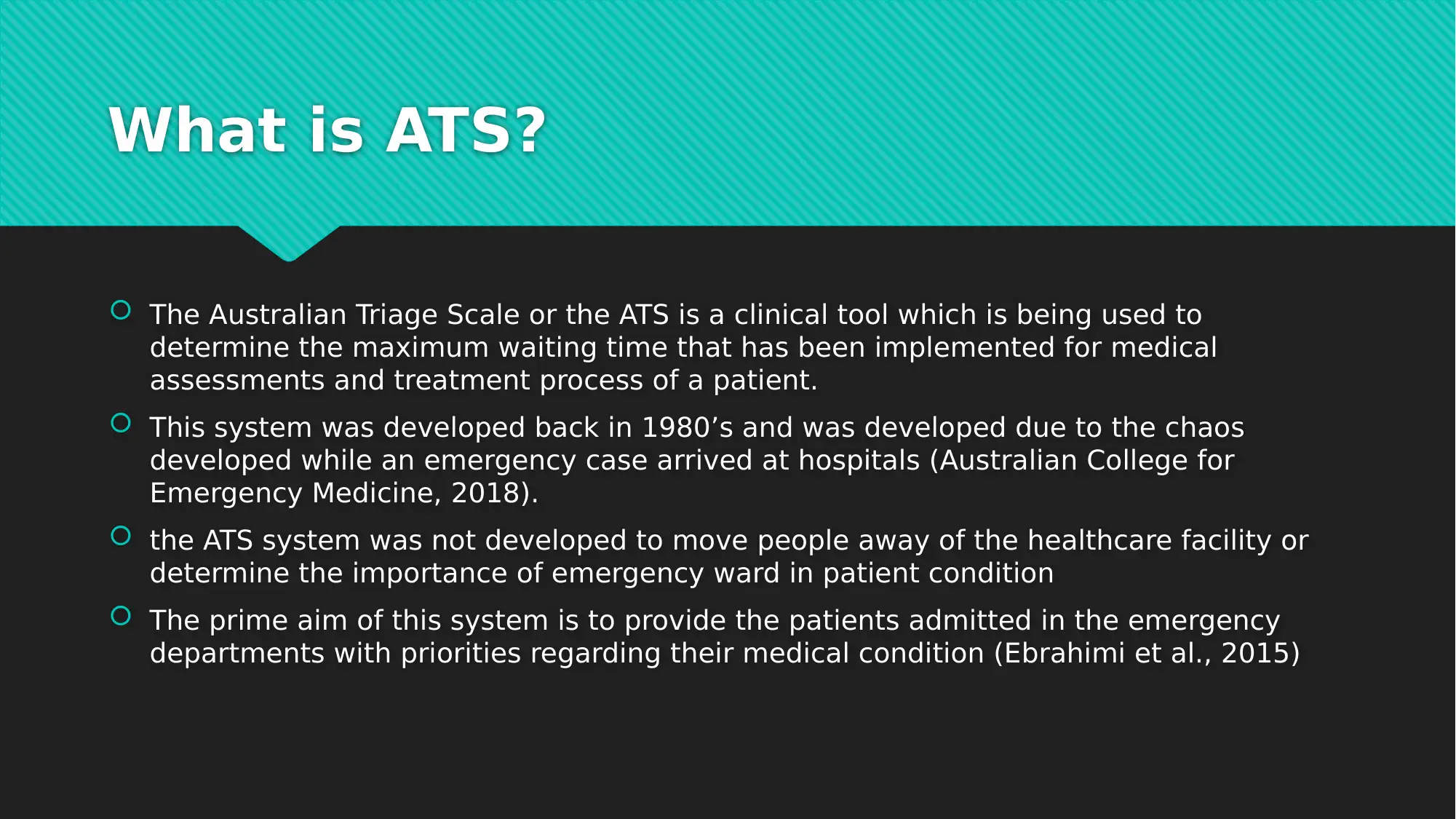
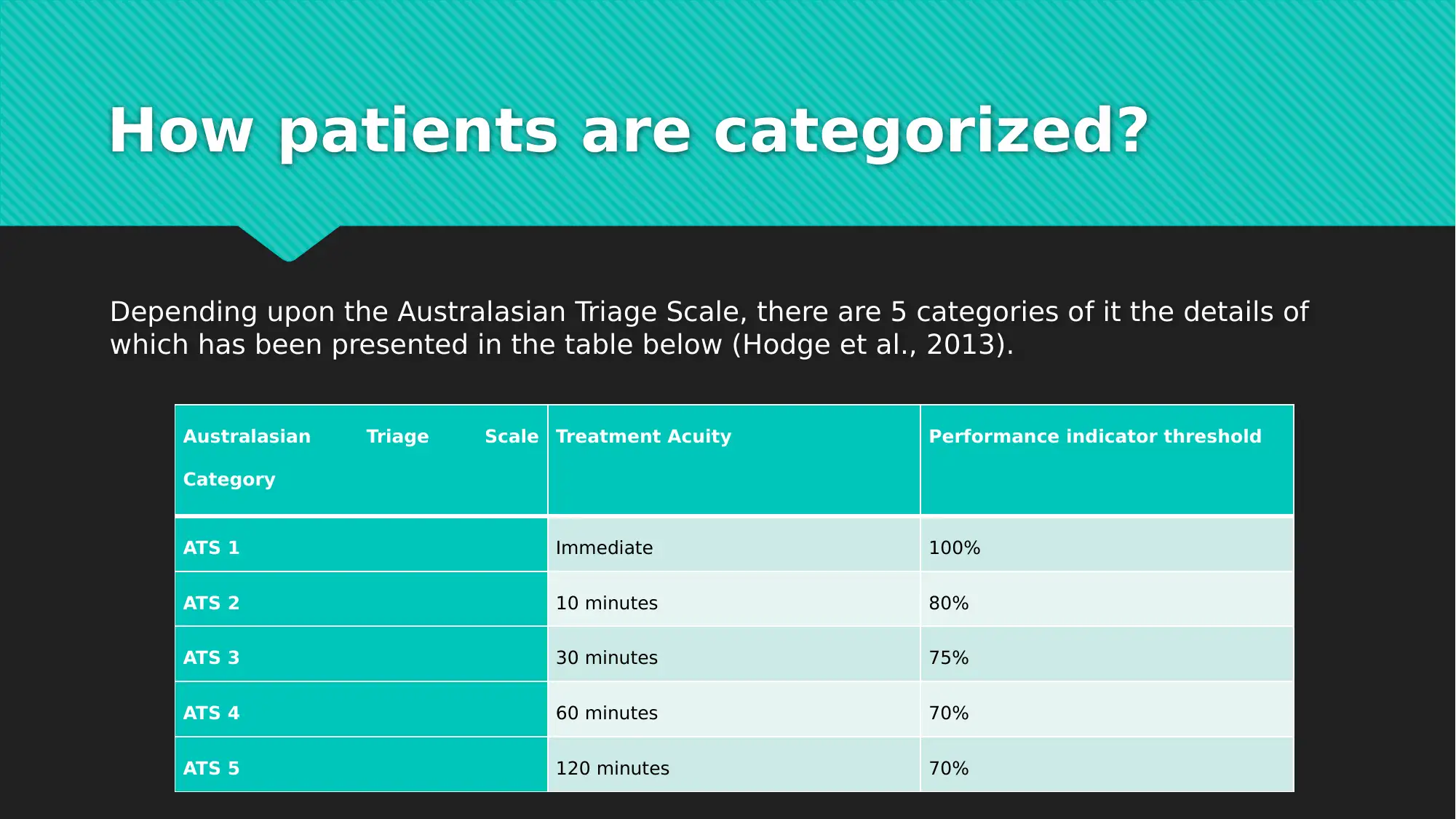

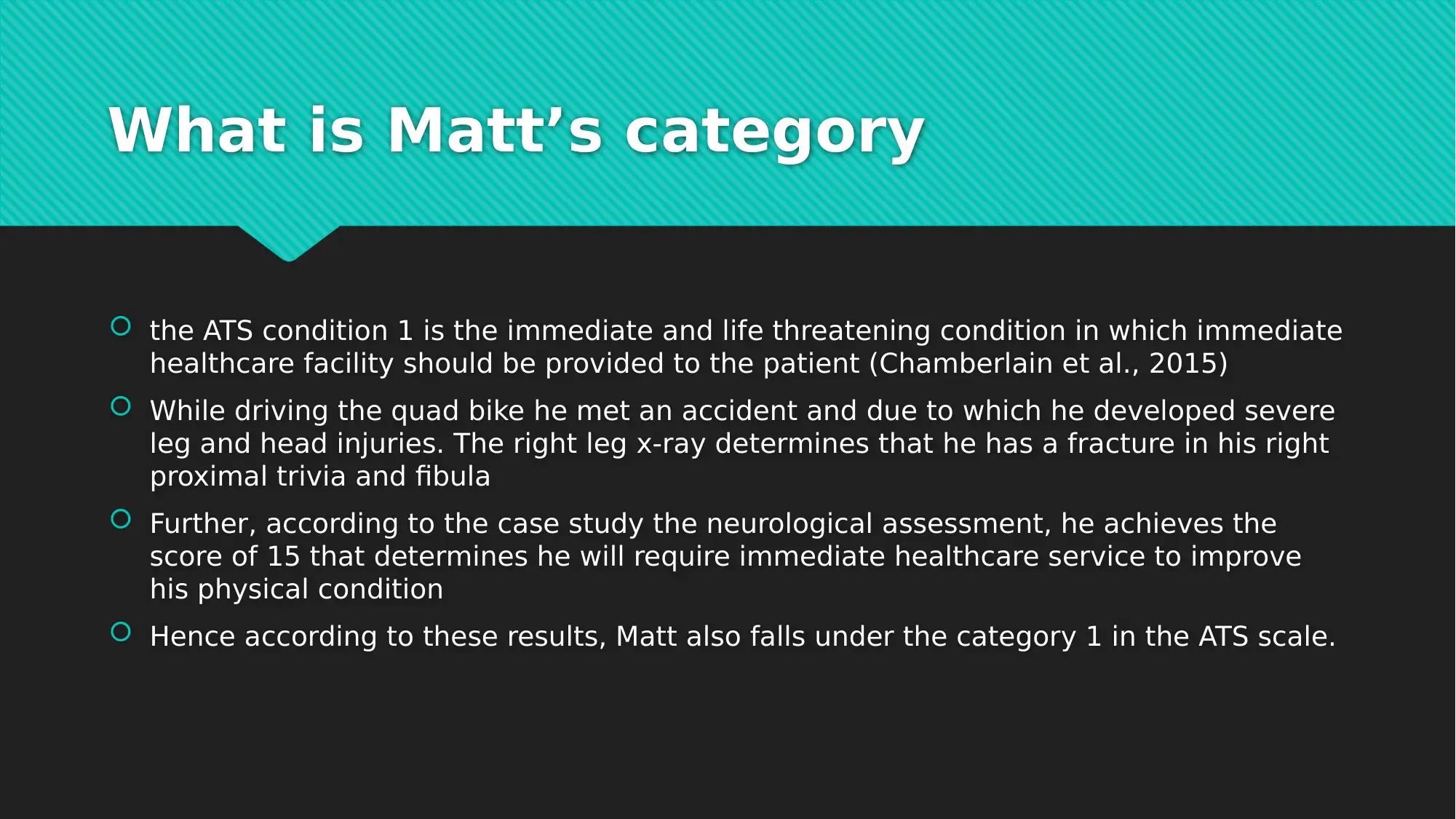
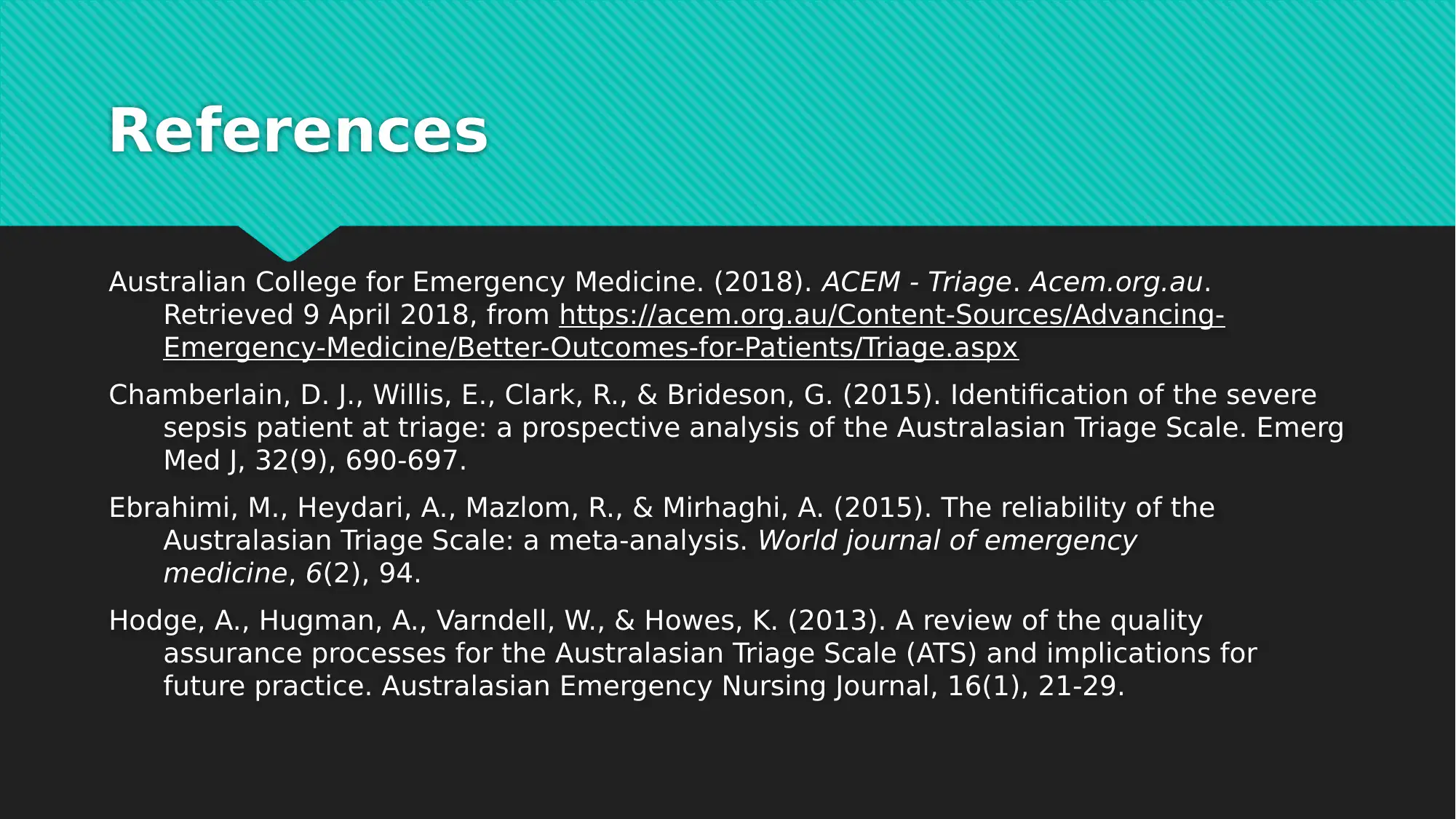





![[object Object]](/_next/static/media/star-bottom.7253800d.svg)